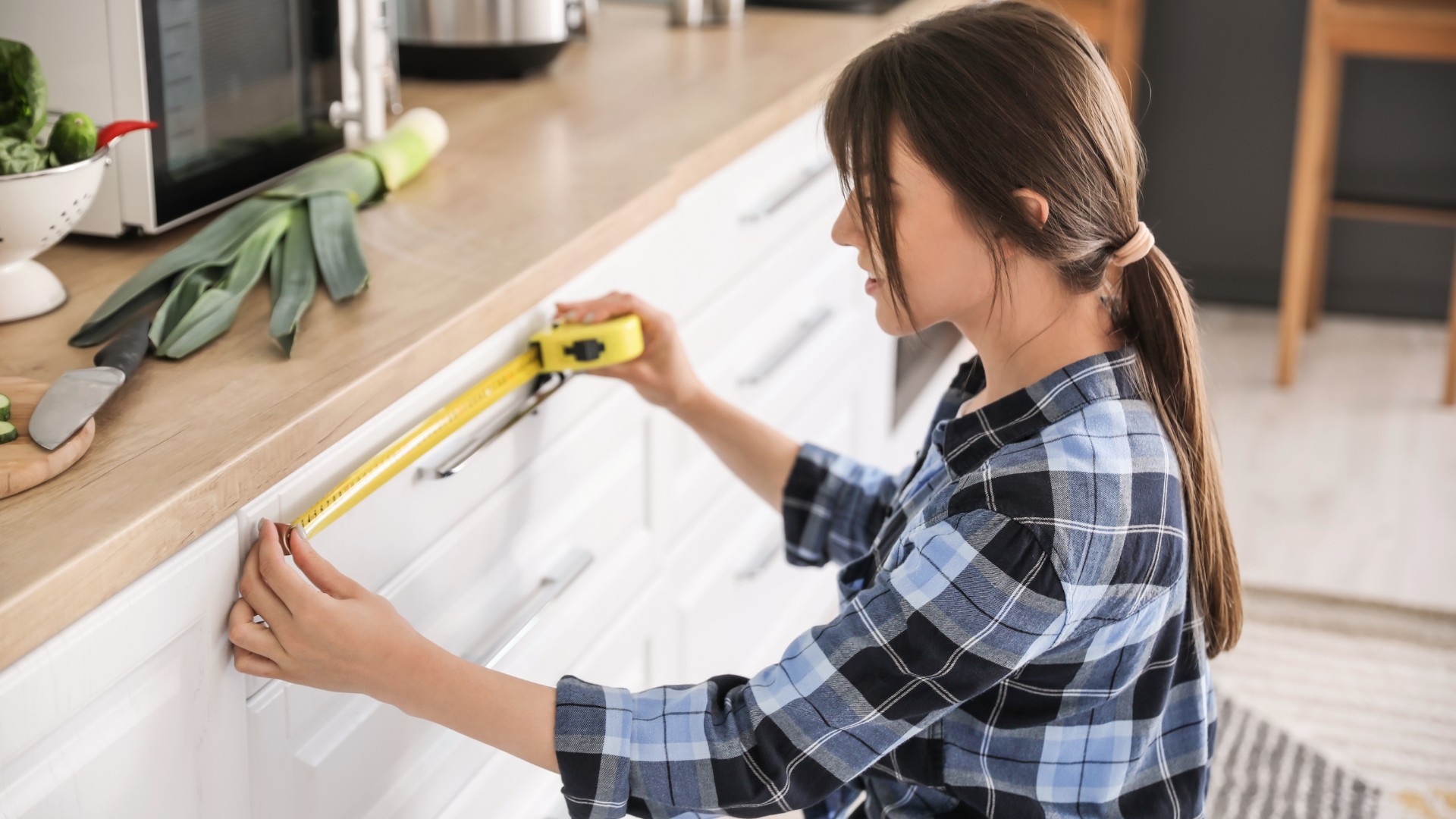

Articles
How To Measure Furniture
Modified: September 2, 2024
Learn how to correctly measure furniture with our step-by-step guide. Whether you're shopping for new pieces or planning a move, our tips will ensure a perfect fit for your space.
(Many of the links in this article redirect to a specific reviewed product. Your purchase of these products through affiliate links helps to generate commission for Storables.com, at no extra cost. Learn more)
How To Measure Furniture
Properly measuring furniture is essential when you are looking to purchase new pieces or rearrange your existing ones. Accurate measurements ensure that the furniture will fit in your space and function as intended. Whether you are measuring for a living room sofa, a dining table, or a bedroom dresser, this step-by-step guide will help you get the precise measurements you need.
1. Decide on the Purpose: Before you start measuring, determine the purpose for the furniture. Are you looking to fill a specific area in your home, or do you need furniture that fits within certain dimensions? Understanding the purpose will guide your measuring process.
2. Gather the Tools: To measure furniture accurately, you will need a measuring tape, a pencil, and a notepad to record your measurements. Make sure your measuring tape has both metric and imperial units for convenience.
3. Measure the Width: Begin by measuring the width of the furniture. For a sofa or a table, measure the distance from one armrest to the other. For a dresser or a cabinet, measure the width across the widest point.
4. Measure the Height: Next, measure the height of the furniture. For a chair or a table, measure from the floor to the highest point. For a bookshelf or a wardrobe, measure from the floor to the top edge.
5. Measure the Depth: If you are measuring a sofa or a chair, measure the depth from the front edge to the backrest. If you are measuring a cabinet or a bookshelf, measure the depth from the front edge to the back panel.
6. Measure Seat Height and Depth: For seating furniture, such as a sofa or a chair, you should also measure the seat height and seat depth. Measure from the floor to the highest point of the seat for the height, and from the front edge of the seat to the backrest for the depth.
7. Consider Clearance Space: When measuring for furniture, it’s important to consider the clearance space required. Leave enough room around the furniture for easy movement. Measure the area where the furniture will be placed and subtract the width and depth of the piece to determine the clearance space needed.
8. Take Accurate Measurements: Ensure that you hold the measuring tape straight and taut when taking measurements. Avoid slack or bending, as it may result in inaccurate measurements. Double-check all measurements before finalizing them.
9. Consult Furniture Specifications: When purchasing furniture, always refer to the manufacturer’s specifications. Pay attention to their recommended clearance space and any other measurements they provide to ensure a proper fit.
10. Get Professional Help if Needed: If you are unsure about taking measurements or have complex furniture needs, consider consulting a professional designer or furniture consultant. They can provide guidance and ensure that you make the right choices for your space.
By following these steps and being attentive to detail, you can measure furniture accurately and confidently. Remember to record all measurements and refer to them when shopping for furniture or arranging your space. Taking the time to measure properly will save you from the frustration of ill-fitting furniture and create a harmonious and functional environment in your home.
Happy measuring and furnishing!
Key Takeaways:
- Properly measuring furniture is crucial for a harmonious and functional home. Accurate measurements ensure a perfect fit, comfort, and balanced room layout, saving time and money in the long run.
- Utilize reliable tools and follow expert tips for precise measurements. Avoid common mistakes, consider future needs, and consult manufacturer’s specifications. Accurate measurements lead to well-informed furniture decisions and a beautifully designed space.
Introduction
When it comes to decorating your home, choosing the right furniture is crucial. Whether you’re shopping for a cozy sofa, a stylish dining table, or a functional storage unit, you want to ensure that it not only fits your personal style but also fits perfectly in your space. This is where proper measurements play a vital role.
Consider this scenario: you come across a stunning piece of furniture online or in a store, and you instantly fall in love with it. Without taking accurate measurements, you make the purchase and eagerly await its arrival. However, when it finally arrives, you realize to your dismay that it’s too big for your living room or too small for your dining area. Avoiding such disappointment is why measuring furniture is essential.
Measuring furniture helps you make informed decisions, ensuring that the pieces you choose fit harmoniously within your space. It allows you to determine if a specific item will fit through doorways, navigate narrow hallways, or fit alongside existing furniture. By taking the time to measure your furniture, you can create a functional and visually pleasing environment that reflects your personal style.
In addition to ensuring a proper fit, measuring furniture also ensures that it functions as intended. For example, measuring the height of a dining table ensures that it aligns with the height of your chairs, promoting comfortable dining experiences. Measuring the depth of a sofa allows you to assess whether it offers sufficient seating space for your family and guests.
Moreover, accurate measurements are essential when planning room layouts and furniture arrangements. They help you maintain proper proportions and balance, preventing overcrowding or empty spaces. By measuring furniture, you can visualize how different pieces will come together and create a cohesive and inviting atmosphere.
Whether you’re shopping for new furniture or rearranging your existing pieces, taking precise measurements is a critical step. By doing so, you can avoid costly mistakes, ensure a seamless fit, and create a stylish and inviting home that reflects your personal taste. In the following sections, we will discuss the necessary tools for measuring furniture and provide a detailed step-by-step guide to help you measure with accuracy and confidence.
Why It’s Important to Measure Furniture
Measuring furniture before making a purchase or rearranging your space might seem like an unnecessary step, but it is actually a crucial aspect of creating a functional and aesthetically pleasing home. Here are some compelling reasons why measuring furniture is important:
1. Ensures Proper Fit: Measuring furniture ensures that it fits perfectly within your desired space. By taking accurate measurements of the width, height, and depth, you can avoid purchasing pieces that are too large or too small for the intended area. This prevents the hassle of returning or exchanging furniture and saves you both time and money.
2. Prevents Accessibility Issues: Accurate measurements allow you to assess whether furniture can fit through doorways, narrow hallways, or staircases. It ensures that the furniture can be easily moved into your home without any hindrances or damages. This is especially important for those living in apartments, older homes, or spaces with restricted access.
3. Promotes Comfort and Functionality: When you measure furniture, you can ensure that it is not only visually appealing but also functional and comfortable. For example, measuring the seat height of a chair ensures that it aligns with the table height for comfortable dining experiences. Measuring the depth of a sofa helps you select a piece that provides ample seating space for your family and guests.
4. Maintains Proportions and Balance: Measuring furniture is essential for achieving a balanced and proportional room layout. It helps you determine how different pieces will fit together and interact within the space. By considering the measurements of existing furniture and potential additions, you can create a harmonious and visually pleasing arrangement.
5. Helps with Space Planning: Accurate measurements of furniture play a key role in space planning. They allow you to visualize how potential furniture arrangements will impact the overall flow and functionality of a room. By measuring, you can determine the ideal placement of furniture and make the most efficient use of your available space.
6. Supports Design Cohesion: Measuring furniture helps you ensure design cohesion and coherence throughout your home. Knowing the dimensions of your existing furniture allows you to select new pieces that complement and harmonize with the overall aesthetic. This creates a cohesive and visually appealing space that reflects your personal style.
7. Saves Time and Money: By measuring furniture before making a purchase, you can avoid costly mistakes and returns. It helps prevent the frustration of bringing home furniture that doesn’t fit your space or serve your needs. Taking the time to measure ensures that you make informed decisions, ultimately saving you time, effort, and money.
Overall, measuring furniture is a necessary step in the furniture-buying process and when rearranging your space. It ensures a proper fit, promotes functionality and comfort, maintains balance and proportions, supports space planning, and saves you time and money. By taking accurate measurements, you can create a harmonious and inviting home that meets your design goals and enhances your everyday living experiences.
Tools Needed for Measuring Furniture
Measuring furniture accurately requires the right tools to ensure precise and reliable measurements. Here are the essential tools you will need:
1. Measuring Tape: A measuring tape is a must-have tool for measuring furniture. Look for a tape that is at least 25 feet long, with both metric and imperial units. A flexible tape with clear markings will make it easier to measure various dimensions accurately.
2. Pencil or Pen: You will need a pencil or pen to mark your measurements on paper or directly on the furniture. This helps keep track of your measurements and prevents confusion when making decisions or shopping for furniture.
3. Notepad or Notebook: Keep a notepad or notebook handy to record all your measurements. This will help you stay organized and have a reference to consult when needed. You can also use technology like smartphone apps or note-taking apps to store and retrieve your measurements.
4. Level: While not always necessary, a level can be useful if you are measuring furniture that needs to be straight or level, such as bookshelves or wall units. It ensures that you achieve accurate measurements by confirming that the furniture is aligned properly.
5. Laser Measure (Optional): If you want to take your measuring accuracy to the next level, consider using a laser measure. Laser measures use laser technology to provide precise measurements instantly. They are particularly handy for measuring larger pieces of furniture or when you need to measure distances quickly and efficiently.
6. Combination Square (Optional): For more intricate measurements, such as checking angles or ensuring square corners, a combination square can be a useful tool. It consists of a ruler and an adjustable square head, allowing you to measure and mark angles accurately.
7. Camera or Smartphone: While not a traditional measuring tool, having a camera or smartphone with a built-in camera can be helpful. Take photos or videos of your furniture and space to reference later, especially when shopping or consulting with professionals like interior designers or furniture consultants.
Having these tools readily available will make the process of measuring furniture more efficient and accurate. Before starting your measurement process, ensure that your tools are in good condition and properly calibrated, particularly if you are using a laser measure.
By utilizing these tools and taking accurate measurements, you can confidently select and arrange furniture that fits perfectly within your space, creating a functional and visually appealing environment in your home.
When measuring furniture, always use a tape measure to get accurate dimensions. Measure the length, width, and height of the piece to ensure it will fit in your space.
Step-by-Step Guide on How to Measure Furniture
Measuring furniture accurately is a key step in ensuring a proper fit and functionality within your space. Follow this step-by-step guide to measure your furniture with precision:
Step 1: Prepare the Tools: Gather the necessary tools, including a measuring tape, pencil or pen, notepad or notebook, and any additional tools like a level or laser measure if desired.
Step 2: Determine the Measurements to Take: Identify the dimensions you need to measure for your specific piece of furniture. Typically, these include the width, height, and depth. Depending on the furniture type, you may also need to measure additional dimensions, such as seat height and depth.
Step 3: Clear the Surrounding Area: Clear the area around the furniture to ensure you have enough space to take accurate measurements. Move any objects or obstacles that may obstruct the measuring tape or influence the accuracy of your measurements.
Step 4: Measure the Width: Use your measuring tape to measure the width of the furniture. Place the tape at one end of the furniture and extend it to the opposite end, noting the measurement in either inches or centimeters. For items with irregular shapes, measure across the widest points.
Step 5: Measure the Height: Measure the height of the furniture by placing the measuring tape at the base or floor and extending it to the highest point. Record the measurement, ensuring it is in line with your desired unit of measurement.
Step 6: Measure the Depth: Measure the depth of the furniture by placing the tape measure at the front edge and extending it to the backrest or back panel. For seating furniture, like sofas or chairs, measure from the front edge to the backrest. For cabinets or bookshelves, measure from the front edge to the back panel.
Step 7: Measure Seat Height and Depth (if applicable): For seating furniture, like chairs or sofas, measure the seat height by placing the measuring tape at the floor and extending it to the highest point of the seat. Measure the seat depth by measuring from the front edge of the seat to the backrest. Record these measurements for accurate furniture selection and placement.
Step 8: Consider Clearance Space: While not a part of the furniture itself, it’s important to measure the area where the furniture will be placed to determine the necessary clearance space. Measure the available space and subtract the width and depth of the furniture to ensure you have enough room for comfortable movement around it.
Step 9: Double-Check All Measurements: Once you have finished measuring, double-check all the recorded measurements to ensure accuracy. It may be helpful to measure each dimension multiple times to ensure consistency and eliminate any potential errors.
Step 10: Consult Manufacturer’s Specifications: When purchasing furniture, always consult the manufacturer’s specifications for additional measurements and recommendations. These specifications may include clearance space requirements, assembly dimensions, or any other relevant information to consider.
By following this step-by-step guide, you can measure your furniture accurately, providing you with the necessary information to make informed purchasing decisions and create a well-designed and functional space in your home.
Read more: How To Scotchgard Furniture
Common Mistakes to Avoid When Measuring Furniture
Measuring furniture accurately is crucial to ensure a proper fit and functionality within your space. However, there are common mistakes that people often make when measuring furniture. By being aware of these mistakes, you can avoid them and obtain accurate measurements. Here are the common mistakes to avoid:
1. Guestimating Measurements: One of the most significant mistakes is guestimating measurements instead of using a measuring tape. Eyeballing the dimensions can lead to inaccurate measurements and result in furniture that does not fit or function as intended. Always use a measuring tape to obtain precise measurements.
2. Not Allowing for Clearance Space: Forgetting to account for clearance space is a common mistake. Clearance space is the area around the furniture that allows for comfortable movement. Failing to consider this space can result in cramped and inconvenient living spaces. Make sure to measure the available space and deduct the width and depth of the furniture to determine the appropriate clearance space.
3. Neglecting to Measure Doorways and Entryways: Another mistake is overlooking the measurements of doorways and entryways through which the furniture needs to pass. Even if the furniture fits within the room, it may not fit through narrow doorways or hallways. Measure the dimensions of all relevant entry points and compare them with the furniture dimensions to ensure a smooth and hassle-free delivery process.
4. Forgetting to Account for Obstacles: Failing to consider obstacles within the space can lead to measurement errors. Take note of any immovable objects, such as radiators, light switches, or electrical outlets, that may restrict the placement of furniture. Ensure that your measurements account for these obstacles, allowing for a proper fit and easy access.
5. Not Measuring All Dimensions: It is easy to overlook certain dimensions when measuring furniture. Avoid this mistake by identifying all the relevant dimensions your furniture requires, such as width, height, and depth. Additionally, for seating furniture, remember to measure seat height and depth for optimal comfort and usability.
6. Failing to Double-Check Measurements: Mistakes can happen, even when using a measuring tape. Neglecting to double-check measurements can lead to costly errors. Take the time to review and confirm all measurements before relying on them for purchasing decisions or furniture placement.
7. Not Consulting Manufacturer’s Specifications: Each piece of furniture may come with specific manufacturer’s specifications that provide important measurements and guidelines. Ignoring these specifications can result in mismatched or ill-fitting furniture in your space. Always refer to the manufacturer’s specifications and follow their recommendations to ensure the best fit and functionality.
8. Neglecting to Consider Future Needs: When measuring furniture, it’s essential to consider your future needs. Will you have additional furniture or accessories in the room? Will the piece of furniture accommodate your changing lifestyle? Anticipating future needs helps avoid the hassle of having to replace furniture that no longer meets your requirements.
By avoiding these common mistakes, you can obtain accurate measurements that will guide you in making informed decisions about furniture selection, placement, and overall room design. Taking the time to measure properly will save you from the frustration of ill-fitting furniture and create a harmonious and functional environment in your home.
Tips for Accurate and Precise Measurements
Measuring furniture accurately is essential to ensure a proper fit and functionality within your space. To obtain precise measurements, consider the following tips:
1. Use a Reliable Measuring Tape: Invest in a good quality measuring tape that is reliable and accurate. Look for a tape with clear markings, both metric and imperial units, and a lock feature to secure measurements in place.
2. Measure Multiple Times: To reduce the likelihood of measurement errors, measure each dimension multiple times. Take multiple measurements for width, height, and depth, and compare the results to ensure consistency.
3. Take Measurements in Both Metric and Imperial Units: If you are comfortable working with both metric and imperial units, take measurements in both systems. This allows for easy conversion if needed and ensures that you have options when shopping for furniture with different unit requirements.
4. Keep the Measuring Tape Straight and Taut: When measuring, make sure to keep the measuring tape straight and taut. Avoid slack or bending, as this can lead to inaccurate measurements. Be conscious of the alignment of the tape to ensure precise results.
5. Check for Plumb and Level: If you are measuring furniture that needs to be plumb or level, such as bookshelves or wall units, use a level to ensure accuracy. This helps ensure that your measurements and subsequent furniture placement align properly.
6. Document and Label Your Measurements: Record your measurements on paper, in a digital note-taking app, or directly on the furniture itself. Clearly label each dimension to avoid confusion and facilitate easy reference when making purchase decisions or arranging furniture.
7. Consider the Measurement of the Largest Point: When measuring furniture with irregular shapes, consider the measurement of the largest point. This ensures that the furniture will fit through doorways and hallways without any issues.
8. Use Support or Bracing if Necessary: Some furniture pieces may require support or bracing to measure accurately. If you are measuring a heavy or unstable piece, consider enlisting the help of another person to hold or stabilize it while you take measurements.
9. Consult Manufacturer’s Guidelines: Refer to the manufacturer’s guidelines or specifications for any specific instructions on how to measure their furniture. Some manufacturers may provide guidelines on additional measurements or considerations specific to their products.
10. Seek Professional Help if Needed: If you are unsure about measuring furniture accurately or have complex furniture needs, do not hesitate to seek professional help. A professional designer or furniture consultant can assist you in obtaining precise measurements and guide you in making informed decisions.
By following these tips, you can ensure accurate and precise measurements when selecting and arranging furniture in your space. Accurate measurements will help you create a cohesive and well-designed home that meets your aesthetic preferences and functional needs.
Conclusion
Measuring furniture accurately is an essential step in creating a well-designed and functional space. It ensures that your furniture fits perfectly within your desired area, promoting comfort, balance, and accessibility. By avoiding common measurement mistakes and following the tips for precise measurements, you can make informed decisions when selecting and arranging furniture.
Accurate measurements help you avoid the frustration of ill-fitting furniture and the inconvenience of returns or exchanges. Properly measuring the width, height, and depth of furniture, along with considering clearance space and future needs, ensures a harmonious and visually appealing environment. It also allows you to plan and arrange furniture in a way that maximizes space utilization and supports your desired aesthetic.
Remember to use reliable measuring tools, measure multiple times, and keep the measuring tape straight and taut to obtain precise measurements. Consult the manufacturer’s specifications for additional guidelines, and don’t hesitate to seek professional help if needed. Taking the time to measure accurately saves you time, effort, and money in the long run.
Whether you are purchasing furniture or rearranging your existing pieces, measuring furniture accurately sets the foundation for a successful and enjoyable home decorating experience. It enables you to make informed decisions, create a functional and visually pleasing space, and ultimately transform your house into a place that reflects your personal style and enhances your quality of life.
So, the next time you find yourself shopping for furniture or considering a new furniture arrangement, remember the importance of accurate measurements. Follow the step-by-step guide, avoid common measurement mistakes, and use the tips provided to measure your furniture with confidence and precision. With accurate measurements, you can create a beautifully designed and perfectly fitted space that you can truly call home.
Frequently Asked Questions about How To Measure Furniture
Was this page helpful?
At Storables.com, we guarantee accurate and reliable information. Our content, validated by Expert Board Contributors, is crafted following stringent Editorial Policies. We're committed to providing you with well-researched, expert-backed insights for all your informational needs.
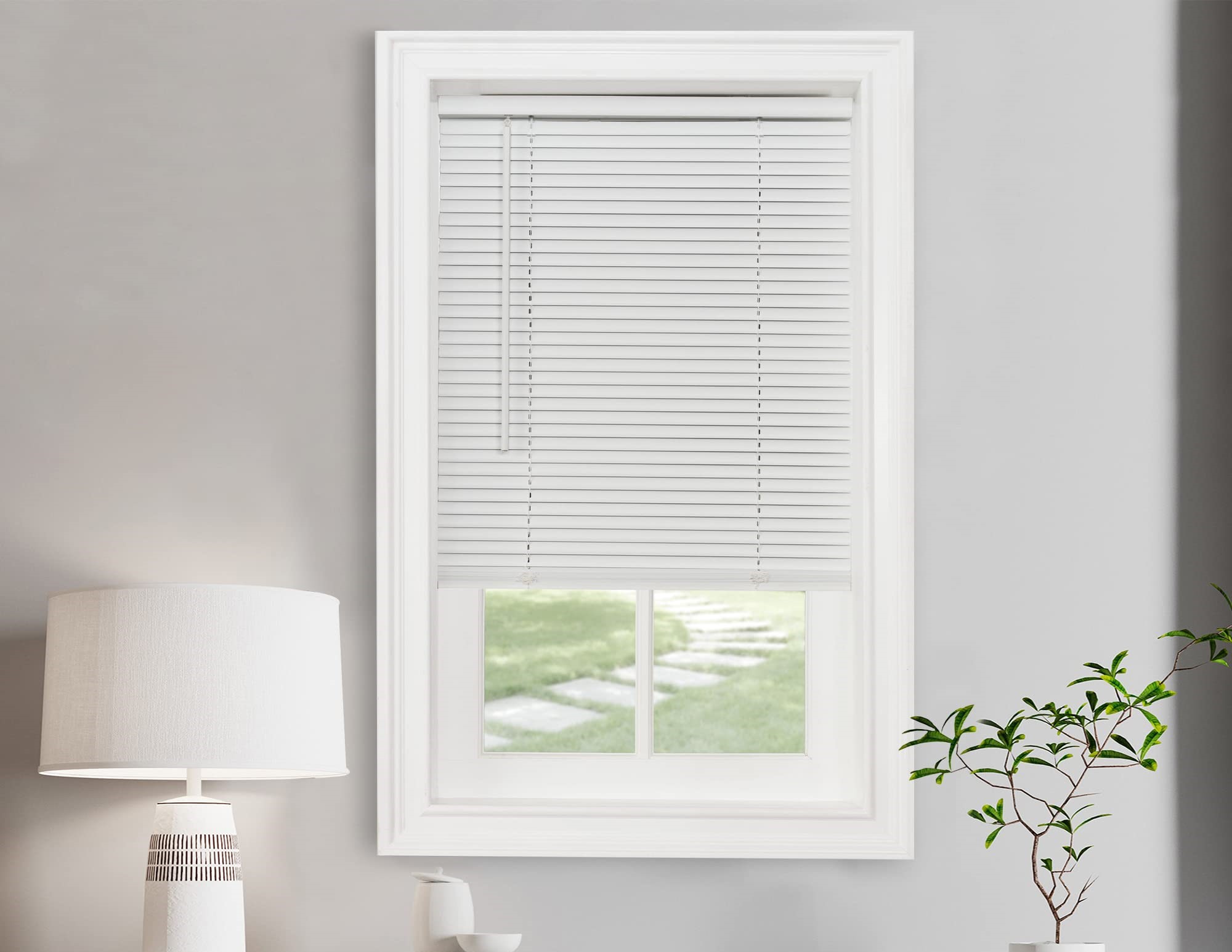



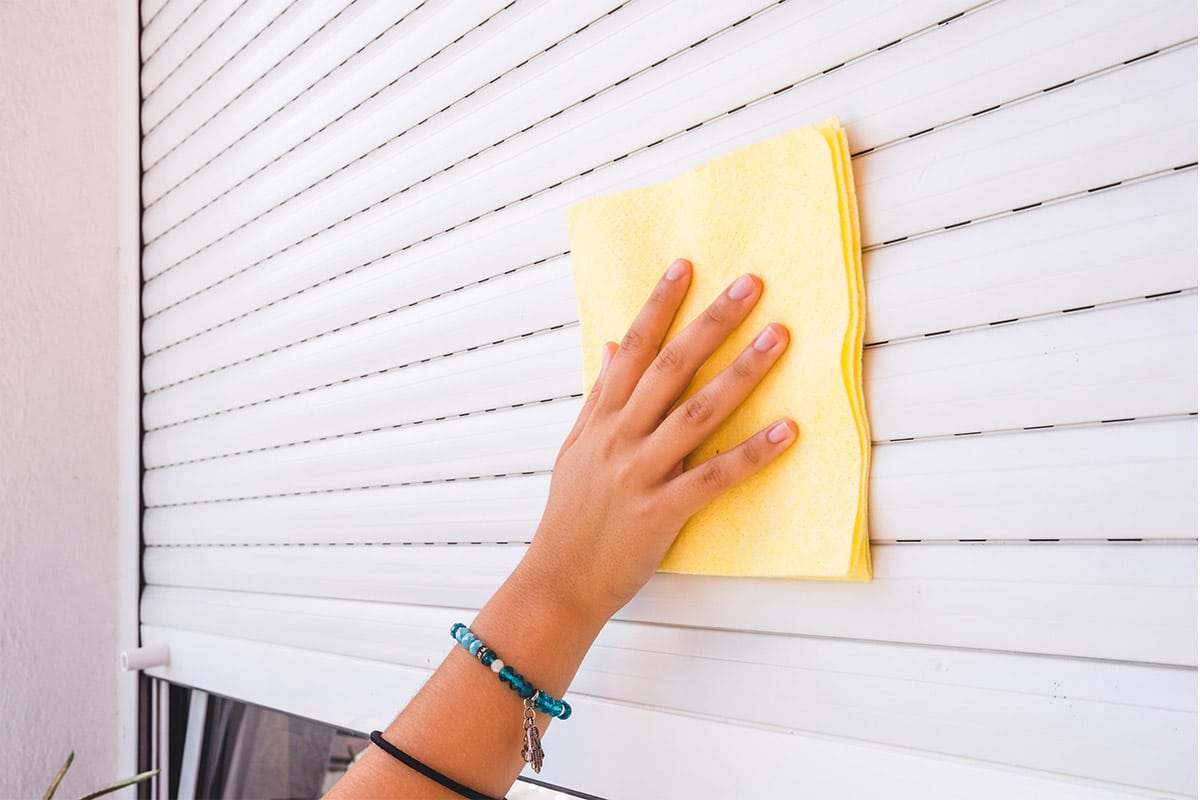
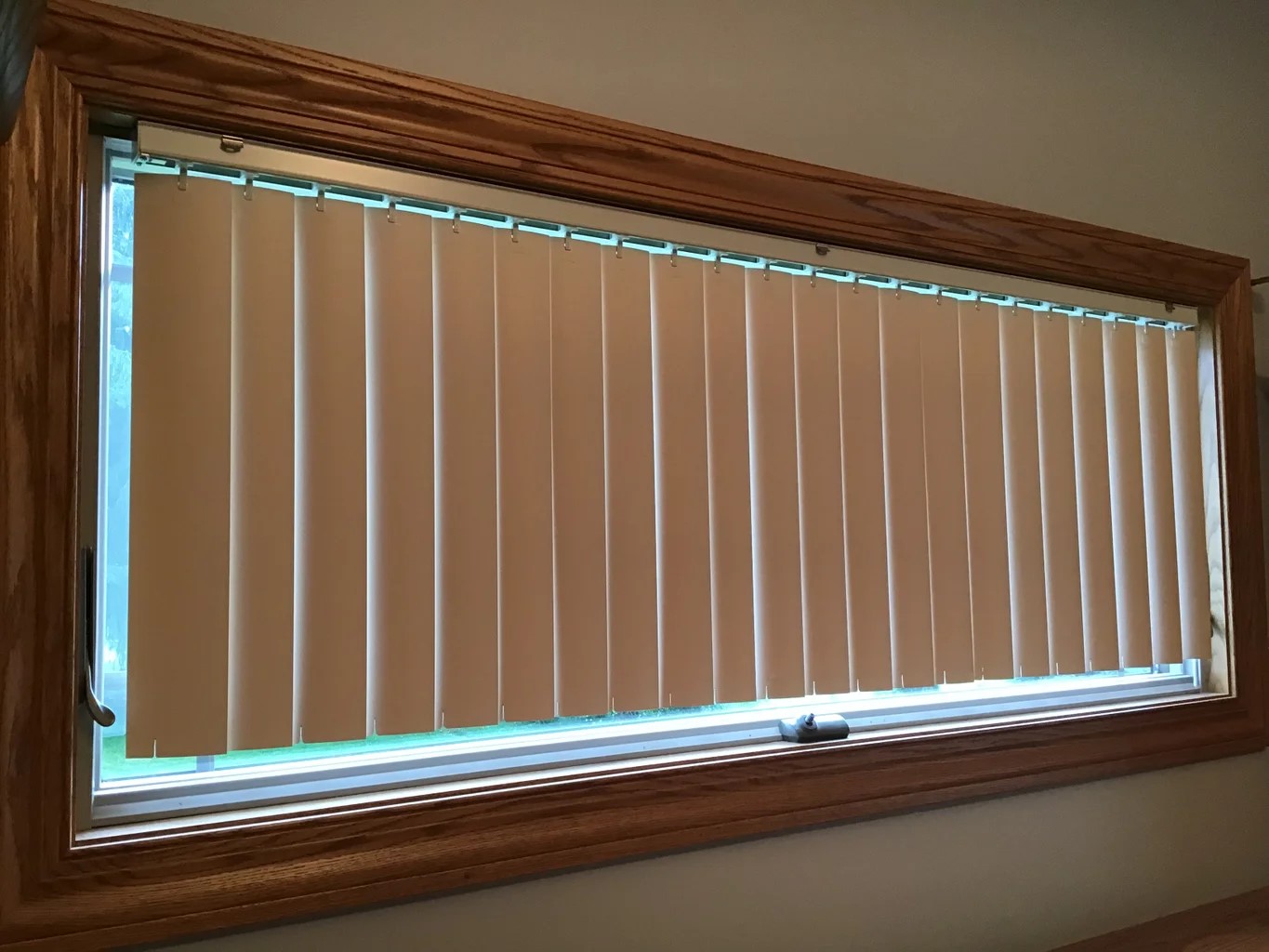
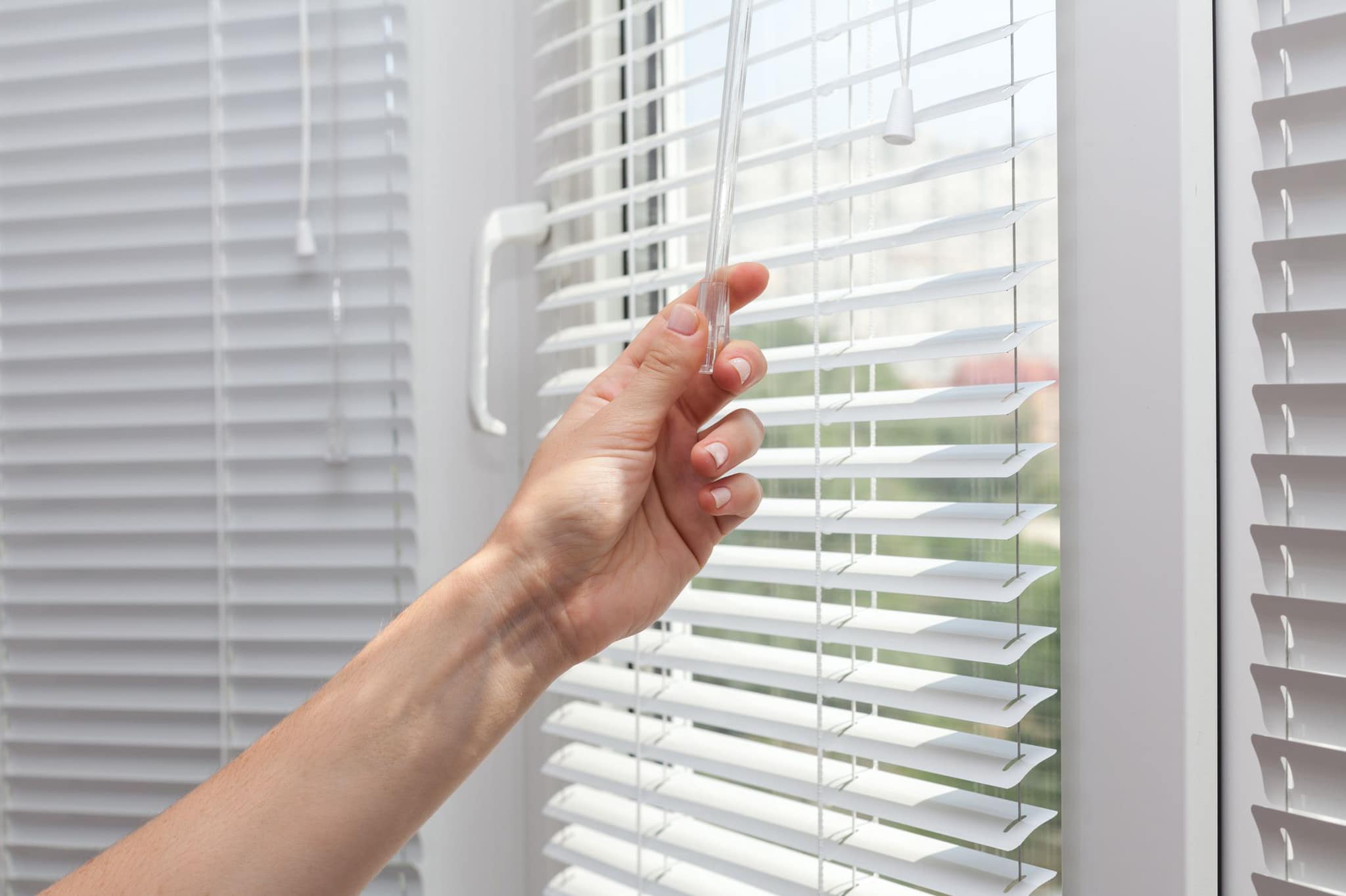
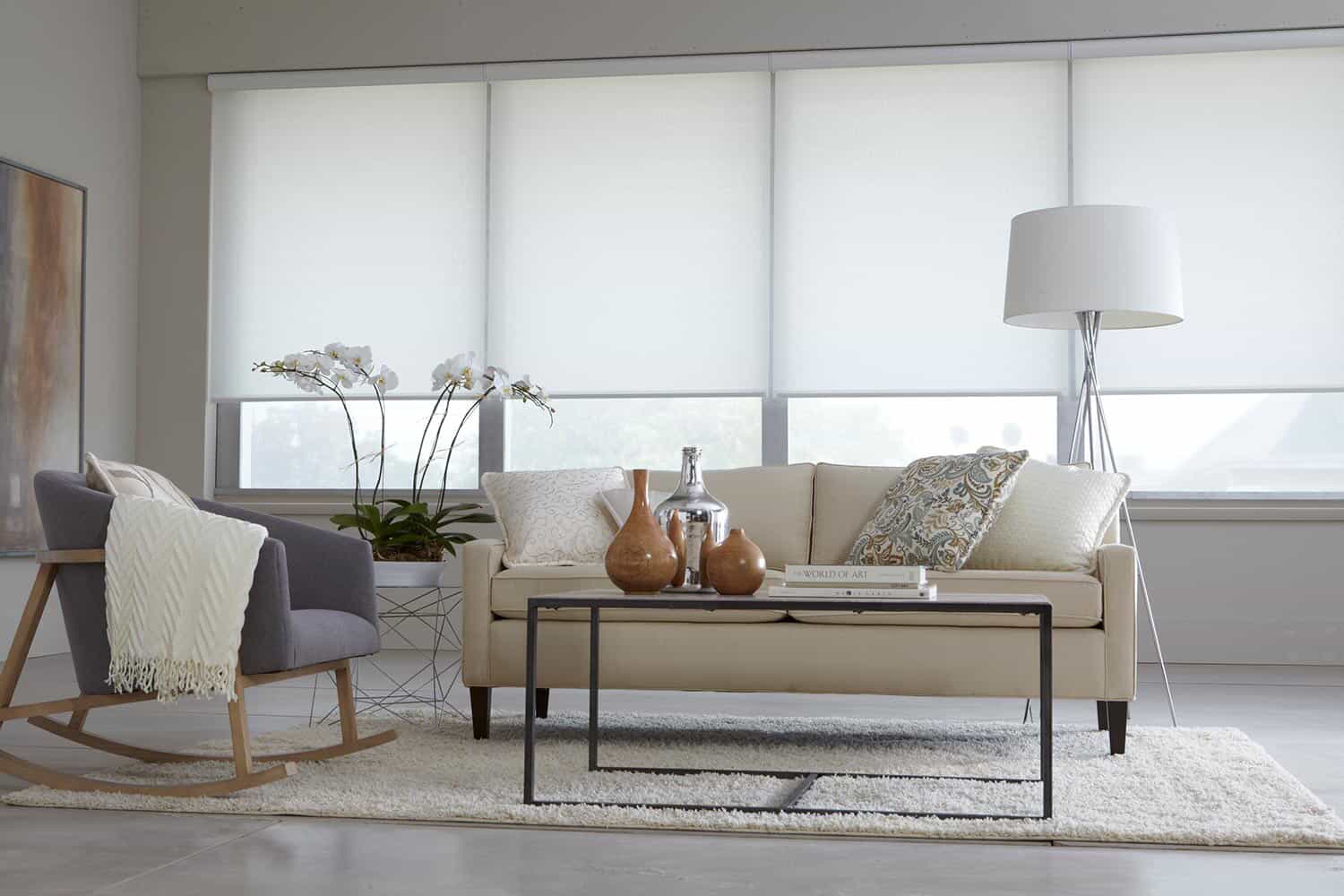
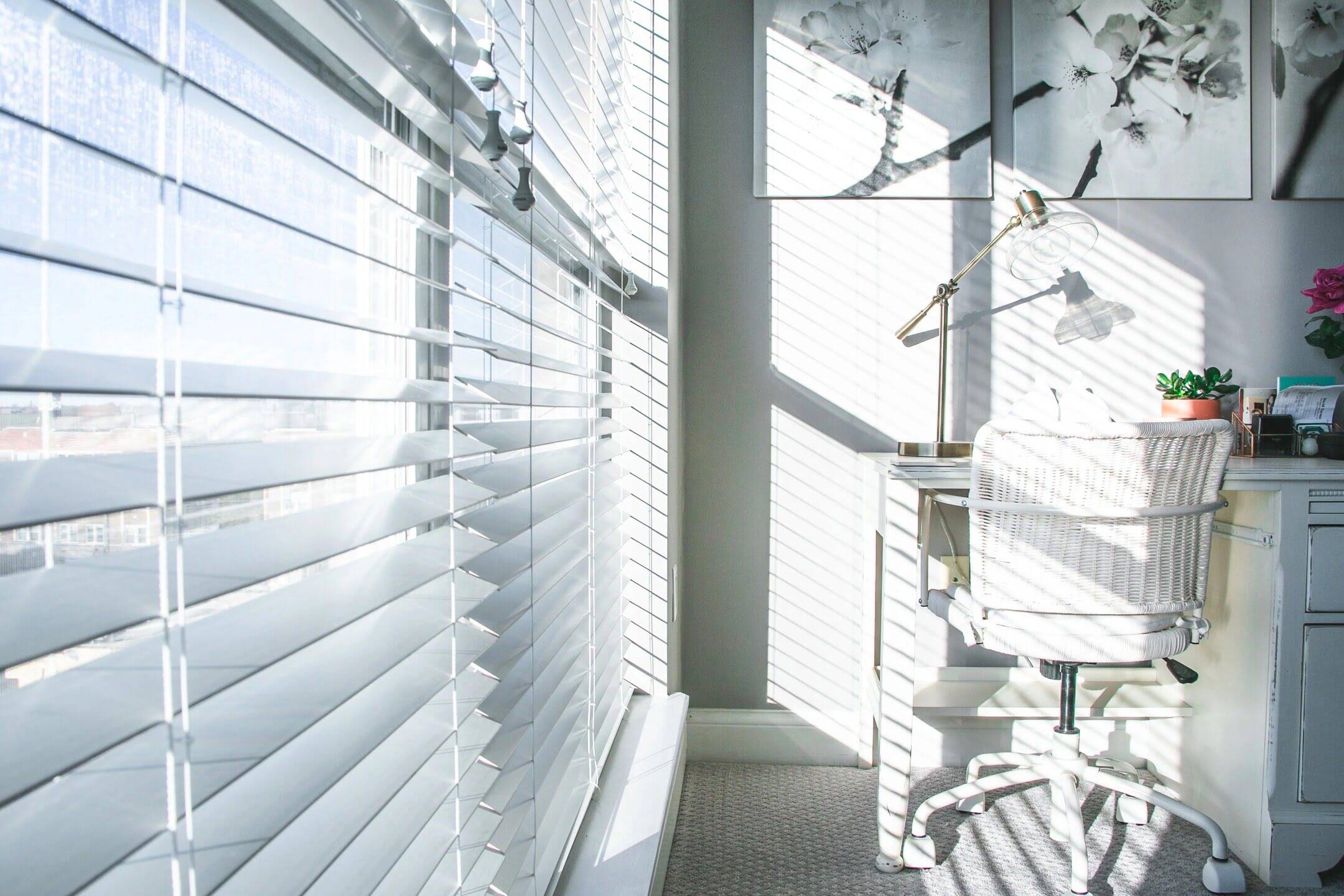
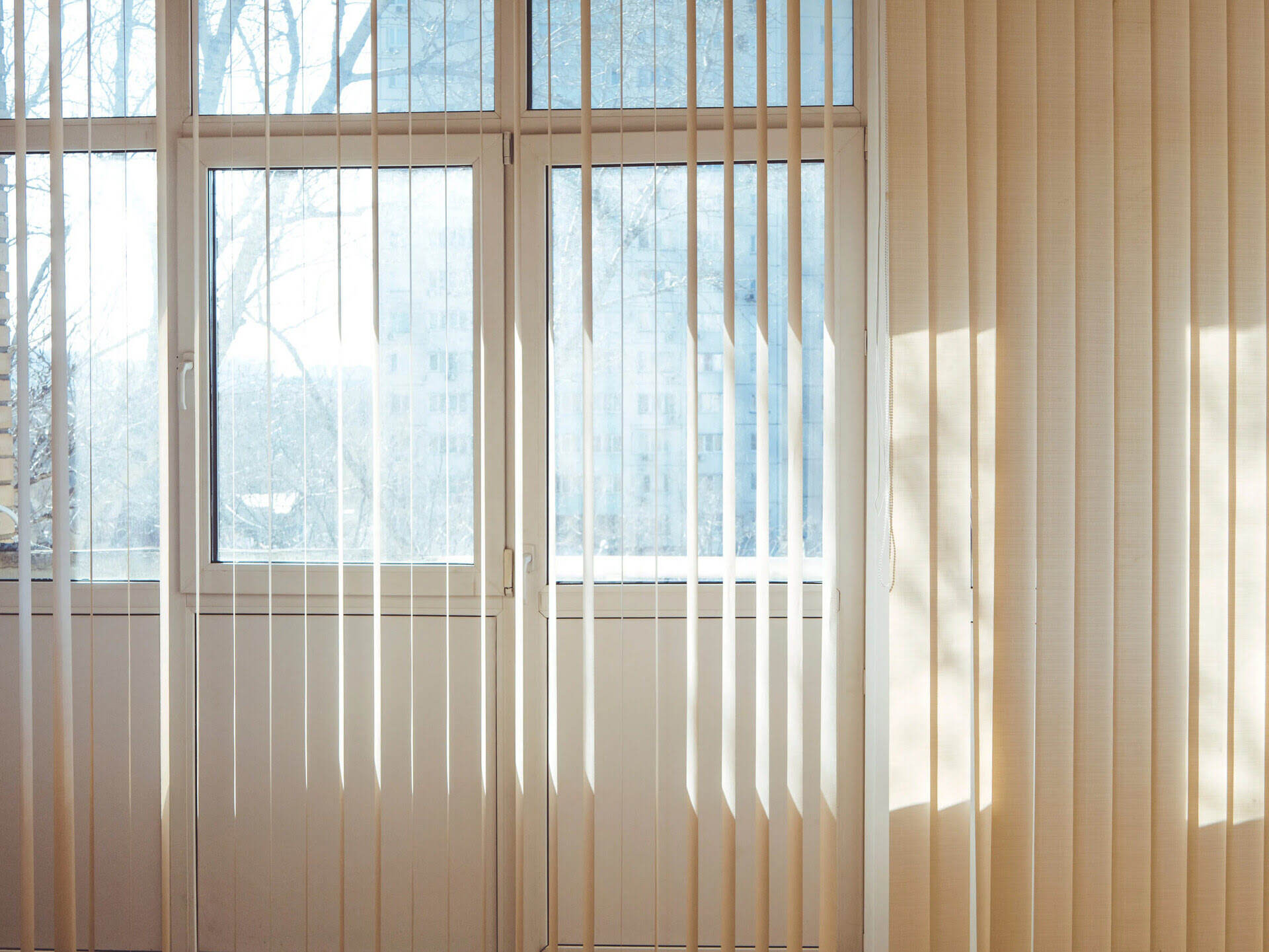
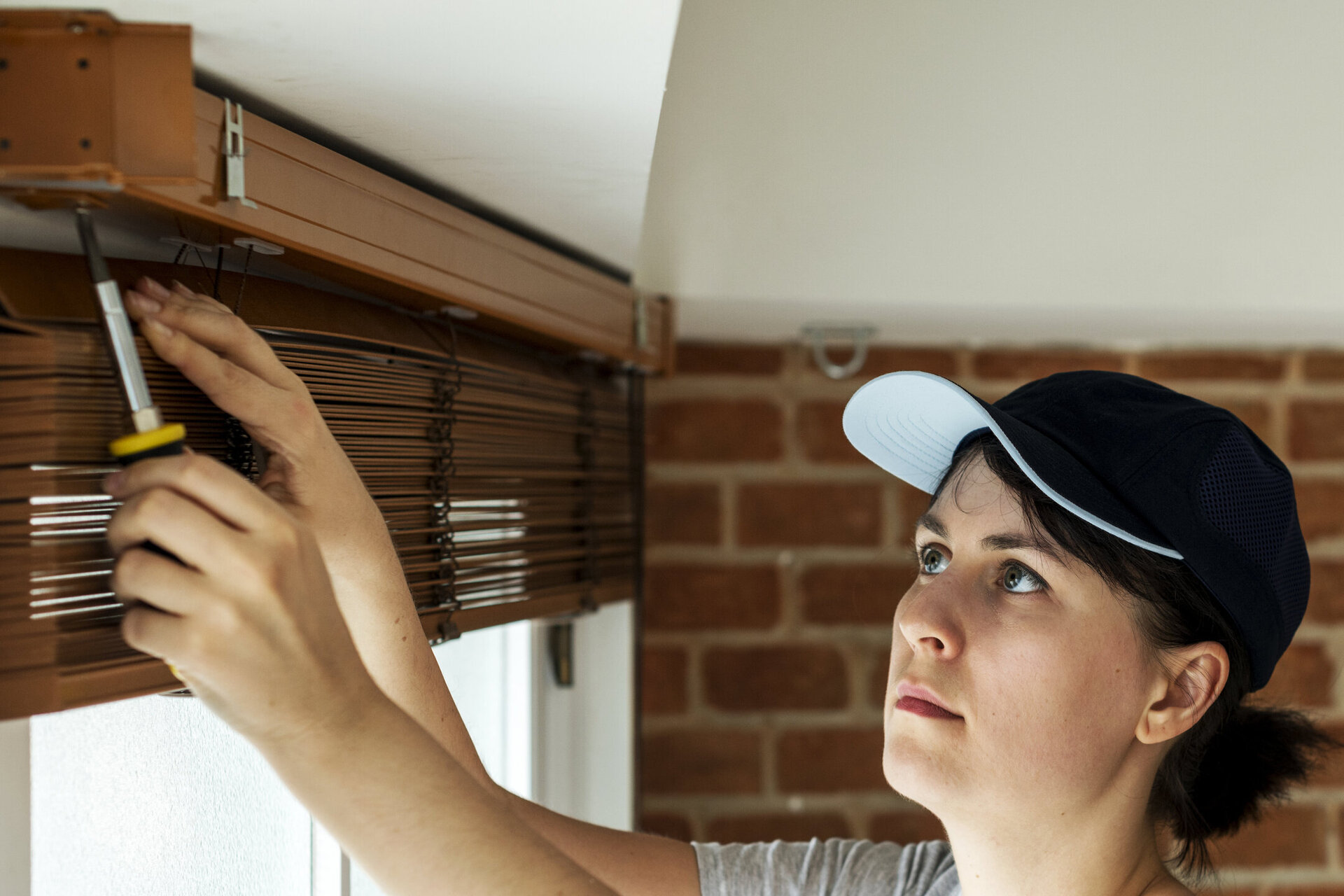
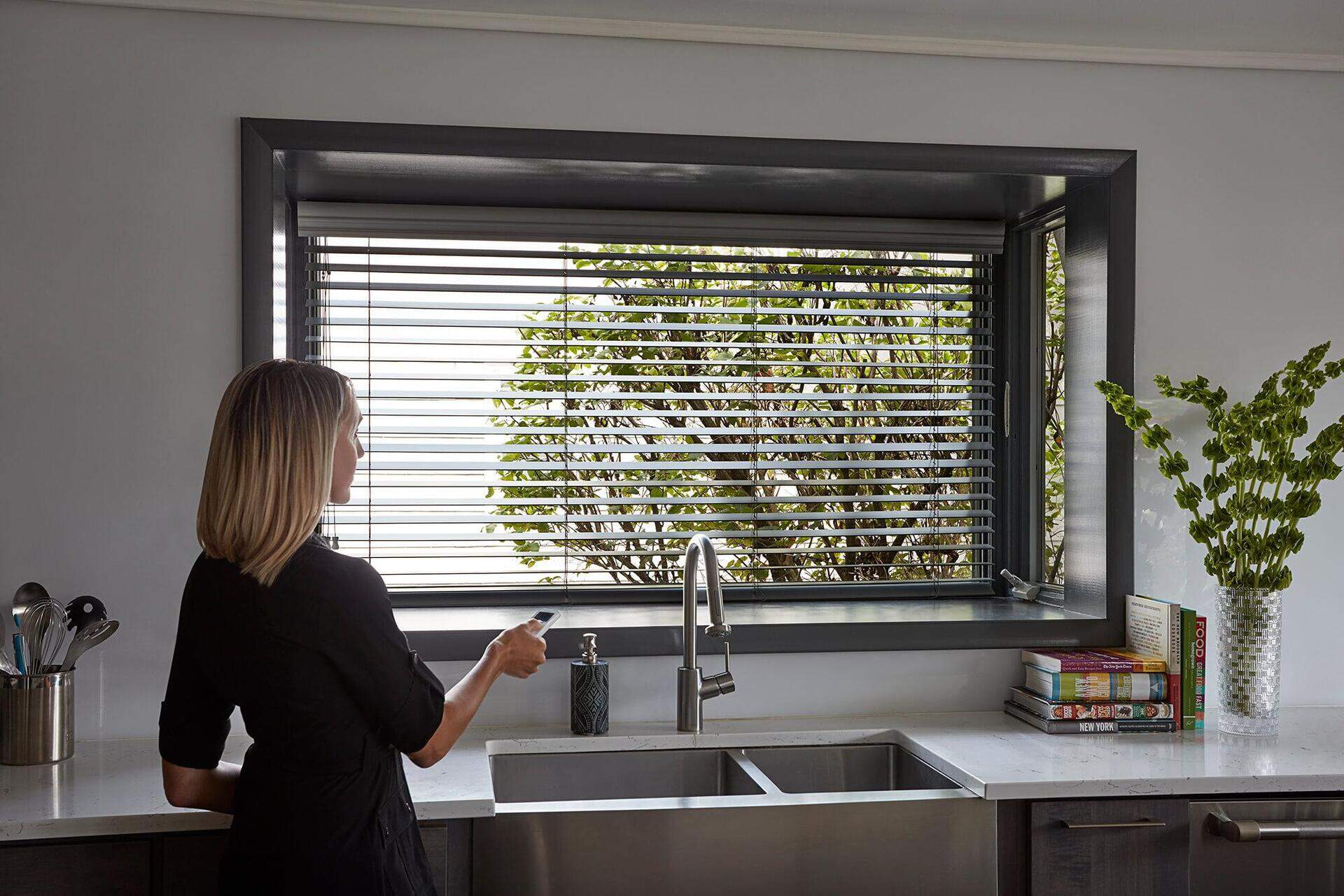
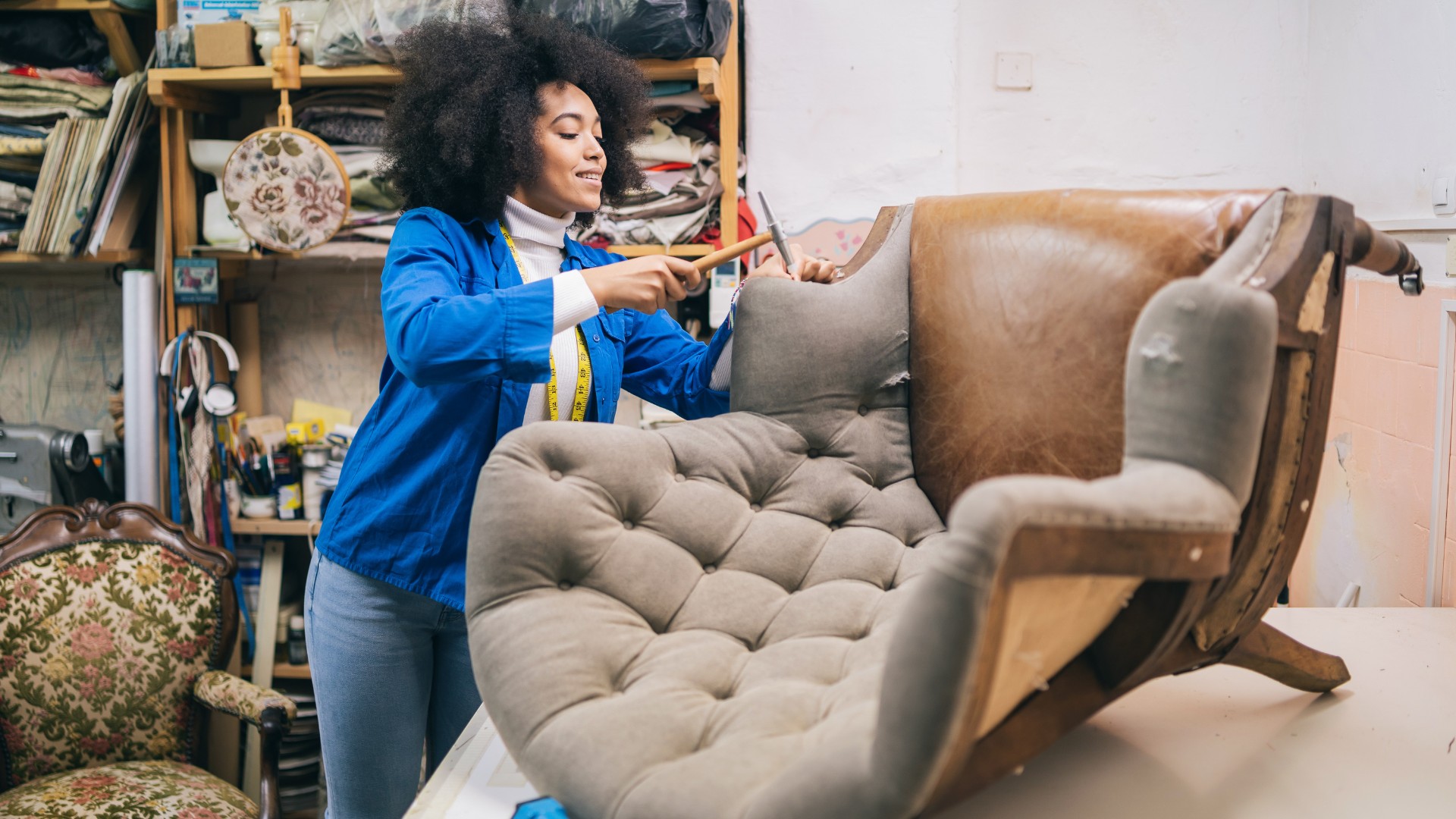


0 thoughts on “How To Measure Furniture”